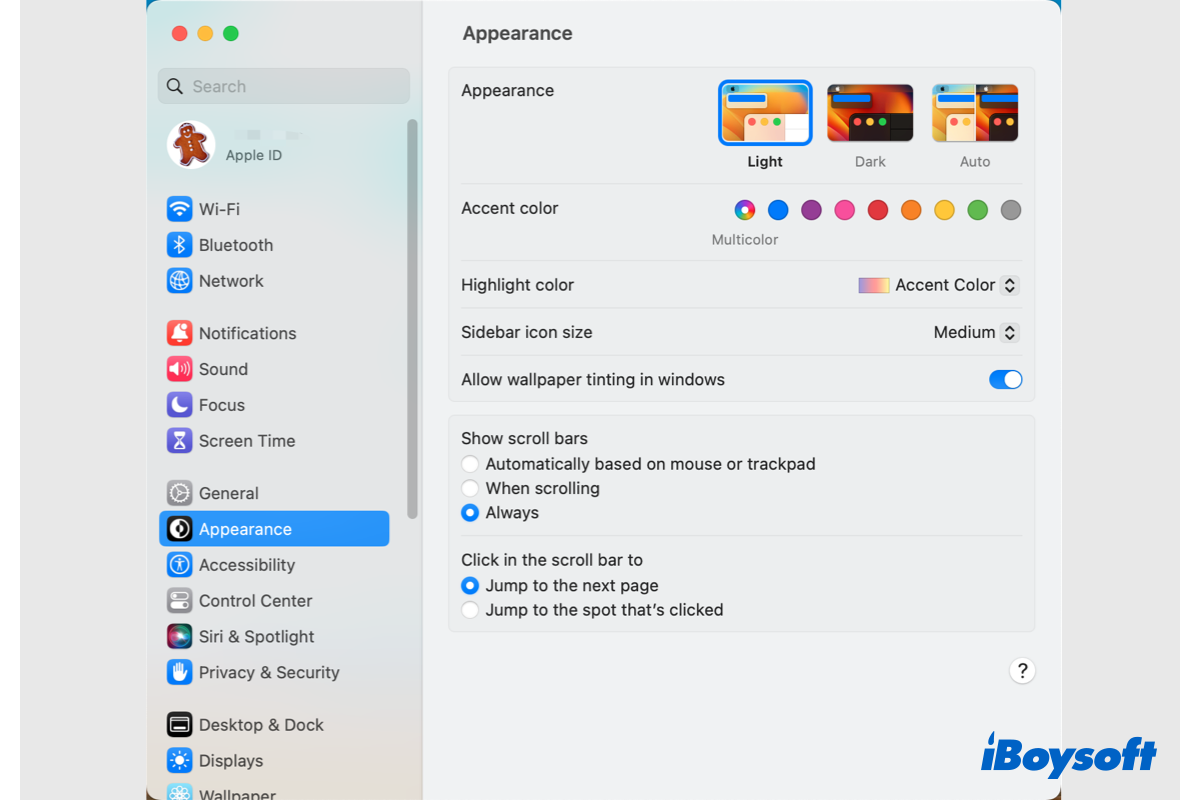You should know that although you have deleted the application on your Mac the uninstallation is not complete. That's why you could find the app and its files still eat gigabytes of Mac disk space. To really delete the app, you should remove all the files associated with the app.
Every time you install app on Mac and run it, it generates configuration files, supporting files, caches, login files scattering around the system directory. When you uninstall applications via the Finder, Launchpad, Terminal, or third-party software such as iBoysoft MagicMenu, the app's associated files still remian on your Mac.
Some users might think that it does not really hurt to leave outdated preferences and support files on the Mac drive. That depends, obviously. These files often don't take up much room and don't cause issues. You should not, however, leave them alone if you intend to make a fresh installation or free up valuable disk space.
Just as in your case, the deleted app displays in 'Storage' and occupies more than 11GB, a quite huge amount of the disk space. Then you may want to remove the leftover files of the deleted app. Follow the steps below to completely delete the files of Tomb Raider:
- Go to Finder, and choose Go > Go to Folder from the Menu Bar.
- Type /Library in the Go to Folder box and hit Enter key.
- As the /Library folder shows up, type the keyword(s) of Tomb Raider or its vendor's name in the Search box, and click on Library next to the Search again.
- As the results appear, identify and select the matched items with the name of the keyword(s), then right-click on them and choose Move to Trash.
- Repeat the same steps to delete Tomb Raider traces in the ~/Library directory.
- Empty the Trash to permanently delete them.
While /Library is located inside your Home Folder, /Library is located at the root level of your hard drive. To completely remove Tomb Raider, associated things must be eliminated from both of these places. These directories may contain junk files, including Application Support, Preferences, Caches, LaunchAgents, LaunchDaemons, PreferencePanes, StartupItems, etc.
By the way, there is a more easy way to remove the junk files of the deleted app from your Mac, that is using a third-party Mac cleaner. You can try iBoysoft DiskGeeker, an all-in-one disk management tool for Mac. It can scan the Mac hard drive and find the files no longer needed. Then you can select unwanted files/folders and delete them.


